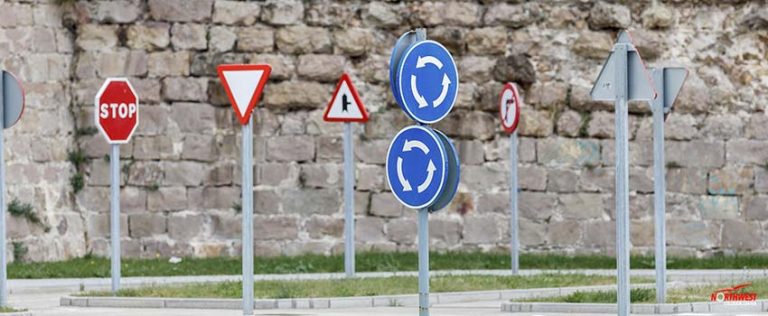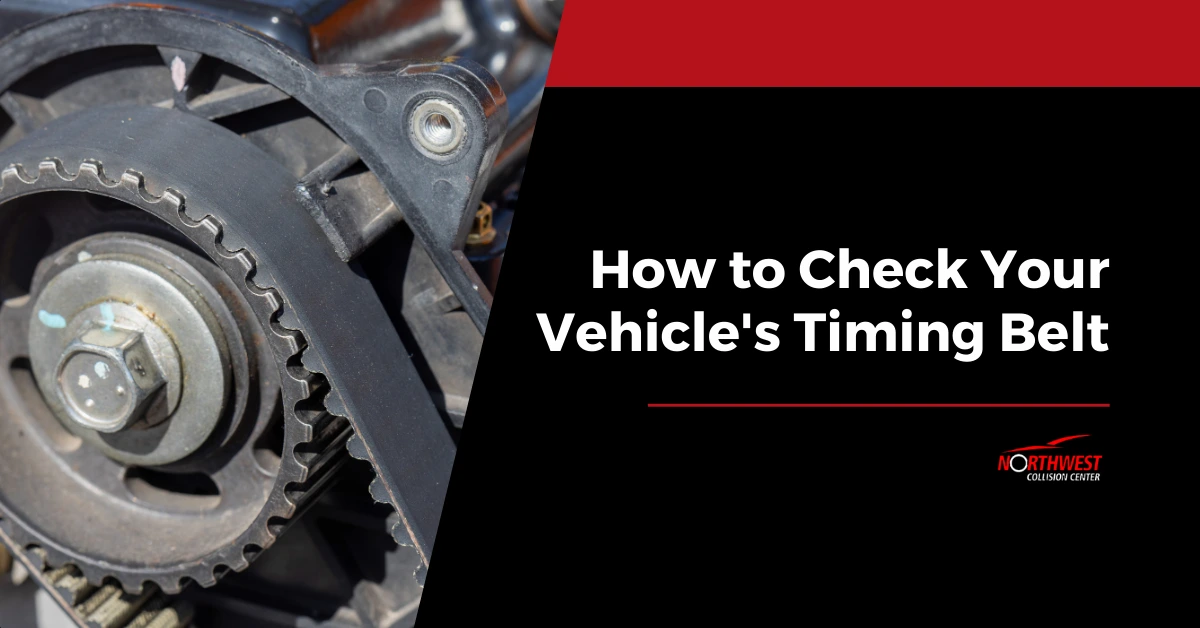The right of way concept is probably one of the most difficult to understand even among long-time drivers. Yet, it is important that you try to grasp its basic premise if traffic is to flow smoothly.
What Does Yield Right of Way Mean?
Although many of the rules that govern right of way are easy to understand, a few of these can sometimes be a little confusing. One thing, however, should be made clear: the right of way does not refer to the right to pass through; rather, it’s about when you should surrender this right. In simple terms, the concept is all about giving up or yielding the right of way to other drivers and not exercising it for your own benefit. This is where many road problems originate, and in all states, failure to yield right of way often ends in car crashes.
Driving Situations Where Right of Way Applies
It can be difficult to appreciate the right of way concept given the above explanation. Yet, this is also the principle behind defensive driving and understanding it can minimize car accident right of way incidences.
The following driving situations are where the right of way usually applies:
1. Controlled Intersection
An intersection with stop signs or traffic lights is called a controlled intersection. In this type of situation, it is easy to determine right of way because you can use the traffic lights and the signs as your guide. Briefly, when you and other cars stop before a red light, you have to yield the right of way to the vehicle on your right side.
2. T Intersection
This is an intersection where a road ends in a through street. If you end up at this type of intersection, you must yield to all passing traffic both on your left and right sides.
3. Uncontrolled Intersection
At an uncontrolled intersection, there are no traffic lights, stop and yield signs to help you. This can be a difficult driving situation, especially since an accident at intersections can occur. This can be prevented by keeping in mind that you should always yield to other cars crossing the intersection.
Additionally, the first vehicle that arrives at the intersection gets to go first. If you’re in doubt, simply follow the stop sign etiquette about yielding to the car on your right side.
4. Highway Exit Ramps
It can be difficult to get onto or off highway exit ramps, especially when there are many lanes involved and there’s a lot of traffic at the same time. Briefly, access ramp drivers must yield to exit ramp traffic in order to avoid a car accident right of way incident.
In other cases, traffic from an interstate merges into a separate lane. In this instance, drivers on the ramp must still yield. Meanwhile, vehicles that are attempting to get onto the highway should yield to the traffic ahead.
5. Multiple Lane Intersection
Sometimes, a road with one or two lanes intersects with a highway or a larger road. When this is the scenario, those driving on the smaller road should yield their right of way to those passing through the bigger lanes because the latter is normally provided with higher speed limits. This is a basic fact that all drivers need to be aware of to avoid dealing with a car accident right of way case.
6. Speed Limit Lane
On this type of road, if you decide to drive beyond the allowed speed, you don’t only forfeit your right of way, you could also be given a traffic ticket when you get caught by the highway police.
When Do You Yield the Right of Way?
Intersections are driving places where a car accident right of way incident often takes place. This is largely because of the confusion among the participating drivers and the anticipation as to who will give in.
The following are common situations where the right of way should have been given up but was not:
1. Passing Emergency Vehicles
If the vehicle’s siren and lights are turned on, this should be an automatic yield per existing laws. A failure to yield resulting in an accident is likely to happen in this case if a driver refuses to give up his right of way and allows the emergency vehicle safe and free road access.
2. Pedestrians on Crosswalk
Drivers must always give up their right of way when coming upon crosswalks filled with pedestrians. If there’s no crosswalk, the pedestrian s likely jaywalking, but it doesn’t mean that you don’t have to stop for them. Keep in mind that even though you have the right of way in this instance, it doesn’t automatically mean you should push it because a jaywalker is involved.
3. School Buses
Many states have laws that require drivers to stop for school buses that are dropping off or picking up children. Many of these buses have stop signs that flash and extend to remind motorists that they should slow down. Obviously, you will need to yield your right of way in this instance apart from stopping at a specific distance according to state laws.
4. Stop Signs
Many driving laws are kept as simple as possible so that drivers can navigate roads with ease. For example, at stop signs, the “first come first served” principle is usually observed when several drivers arrive. The basic rule is that whoever gets to the area first has the right of way. Just make sure that you make a complete stop and be aware of what the other drivers are doing. The rules may seem simple, but if some are not keen on following them, this can result in another car accident right of way case.
5. Yield Signs
Yield literally means yield your right of way, or to put it more directly, surrender the right. If you come across a yield sign, it’s simply telling you that you don’t have the right of way, at least at that very moment. Unfortunately, many drivers sometimes have a hard time understanding this, resulting in an increase in failure to yield accident percentage.
Key Takeaway
Driving can be challenging at times because it is hard to judge who has the right of way. The key thing to remember though is that you should not insist on exercising this right and force yourself into a driving lane. Ideally, you should anticipate the actions of other drivers and yield, especially in cases where this is required by law.
It is also important to keep in mind that right of way concepts may not be universal and can vary from country to country. Nevertheless, one good driving practice is to always be ready to give up your right of way to other drivers so a right of way accident can be avoided. If not, you’ll likely end up in a court hearing apart from visiting an auto shop to have your car repaired.
Northwest Collision Center can repair your car that was damaged because of a right of way accident.
Right of way accidents are not uncommon and they often take place because there’s a confusion as to which driver should give in. Regardless of who is at fault, you can always count on Northwest Collision Center to help you out with the needed repair services.
If you’re at a loss as to where you can bring your damaged vehicle after figuring in a right of way road mishap, call our auto body shop St. Petersburg, FL, repair expert and you’ll get a detailed explanation of what we can do. We guarantee top-notch car repair service that you won’t regret. Call now.










